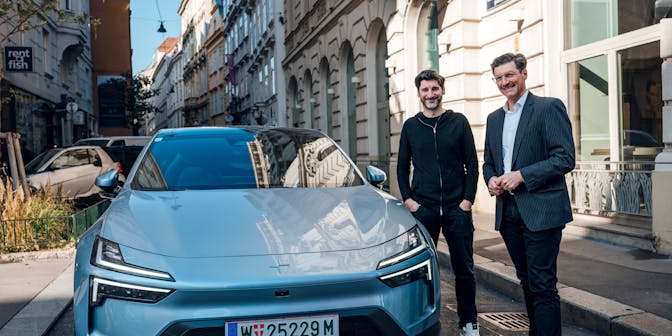Know your EV: the differences between 400V and 800V EV architecture
Let's take a look at the pros, cons and differences between 400v and 800v architecture and why its something to consider when leasing your next EV.
Electric vehicles naturally come in many different shapes and sizes, the same goes for the architecture used to manufacture an EV, from battery types, capacity, how many electric motors to use, where to place these motors. The options available to car manufacturers are vast.
So one of the additional options open to car makers is to whether build an EV on a 400V platform or 800V platform. This guide will take you through all you need to know.
The first thing to know is what the V stands for... v is for volts. Volt is a measure of electric potential or 'pressure' - a bit like the speed of which electricity passes through a system. So the higher the voltage, the higher potential for passing electricity around a system. So in a nutshell, a 800v system has the capacity of handling more 'pressure' than a 400V system. Let's find out why that might be important when it comes to EVs...
400V Architecture: Historically, 400V systems have been the standard in the EV industry. Most current EVs, including popular models like the Tesla Model 3 and the Volkswagen ID3, use a 400V system.
800V Architecture: A newer innovation in the EV market, 800V systems are being adopted by mainly high-performance and luxury EV models, such as the Porsche Taycan and the Audi e-tron GT. However, 800V architecture can also be found in more affordable EVs, such as the Kia EV6 and Hyundai IONIQ 5.
Voltage and Power Delivery
400V
-
Voltage: Operates at around 400 volts
-
Power Delivery: Limited to lower power levels due to the lower voltage, which affects charging speed and powertrain performance.
800V
-
Voltage: Operates at around 800 volts.
-
Power Delivery: Higher voltage allows for greater power delivery, leading to faster charging times and potentially higher powertrain efficiency.
Charging speed
400V
-
Charging Speed: Typically supports charging speeds up to around 150 kW with the most advanced chargers. Although Tesla have 250 kW superchargers.
-
Infrastructure: More widespread availability of compatible charging stations.
800V
-
Charging Speed: Can support charging speeds up to 350 kW, significantly reducing charging time.
-
Infrastructure: The number of ultra-rapid chargers (offering speeds up to 350 kW) in the UK is rapidly increasing but still in the minority compared to lower speed chargers.
Efficiency and Performance
400V
-
Efficiency: Generally less efficient at higher power outputs due to increased resistive losses.
-
Performance: Suitable for most consumer needs but may not match the performance and efficiency of 800V systems at high power levels.
800V
-
Efficiency: Higher efficiency due to reduced current for the same power output, leading to lower resistive losses.
-
Performance: Enhanced performance, especially in high-power applications, making it ideal for high-performance EVs.
EVs available to lease with 800v architecture
Kia EV6
- £3,633.59 Initial rental (ex. VAT)
- £4,360.31 Initial rental (inc. VAT)
- 48 Month term
- 5000 Annual mileage
- Subject to status and conditions + arrangement fee
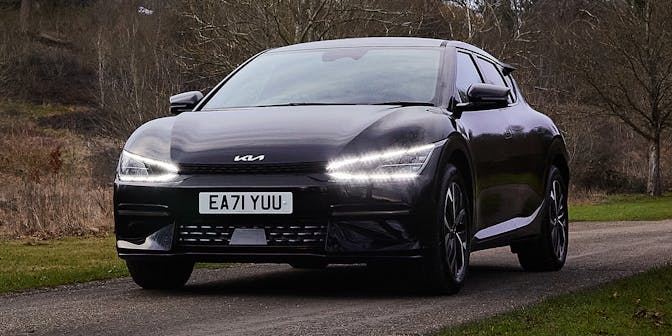
Hyundai IONIQ 5
- £3,002.46 Initial rental (ex. VAT)
- £3,602.96 Initial rental (inc. VAT)
- 48 Month term
- 5000 Annual mileage
- Subject to status and conditions + arrangement fee
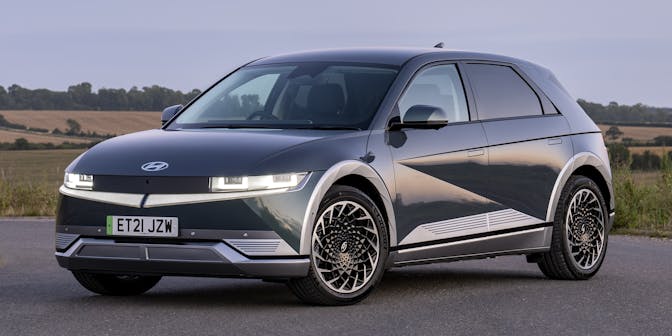
Hyundai IONIQ 6
- £3,133.04 Initial rental (ex. VAT)
- £3,759.65 Initial rental (inc. VAT)
- 48 Month term
- 5000 Annual mileage
- Subject to status and conditions + arrangement fee
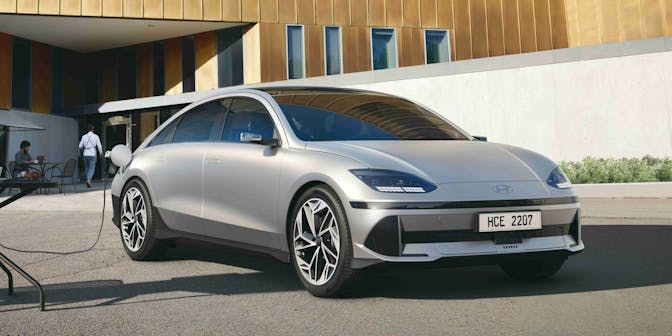
Polestar Polestar 3
- £8,154.16 Initial rental (ex. VAT)
- £9,784.99 Initial rental (inc. VAT)
- 48 Month term
- 5000 Annual mileage
- Subject to status and conditions + arrangement fee
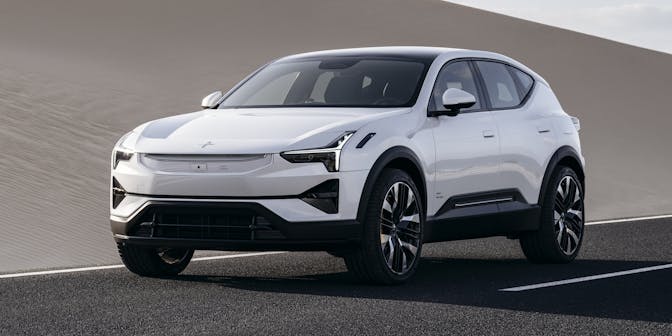
Audi e-Tron GT
- £8,511.11 Initial rental (ex. VAT)
- £10,213.33 Initial rental (inc. VAT)
- 48 Month term
- 5000 Annual mileage
- Subject to status and conditions + arrangement fee
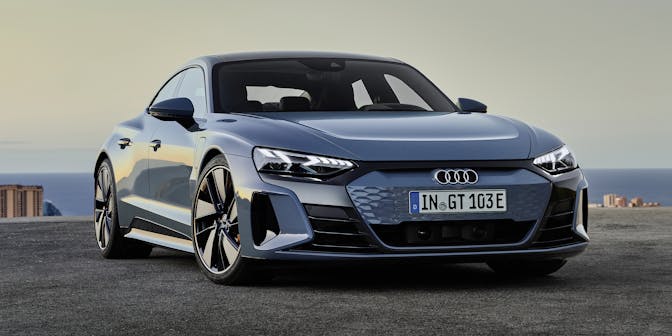
Porsche Taycan
- £9,499.90 Initial rental (ex. VAT)
- £11,399.88 Initial rental (inc. VAT)
- 48 Month term
- 5000 Annual mileage
- Subject to status and conditions + arrangement fee
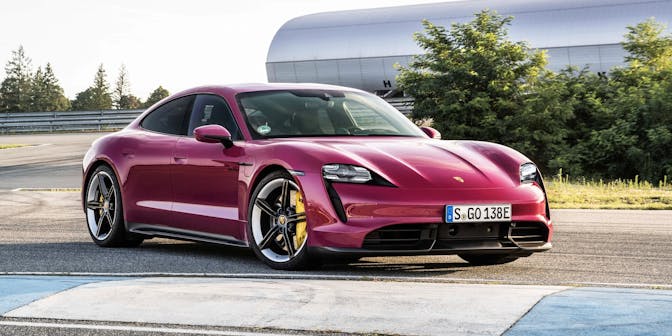
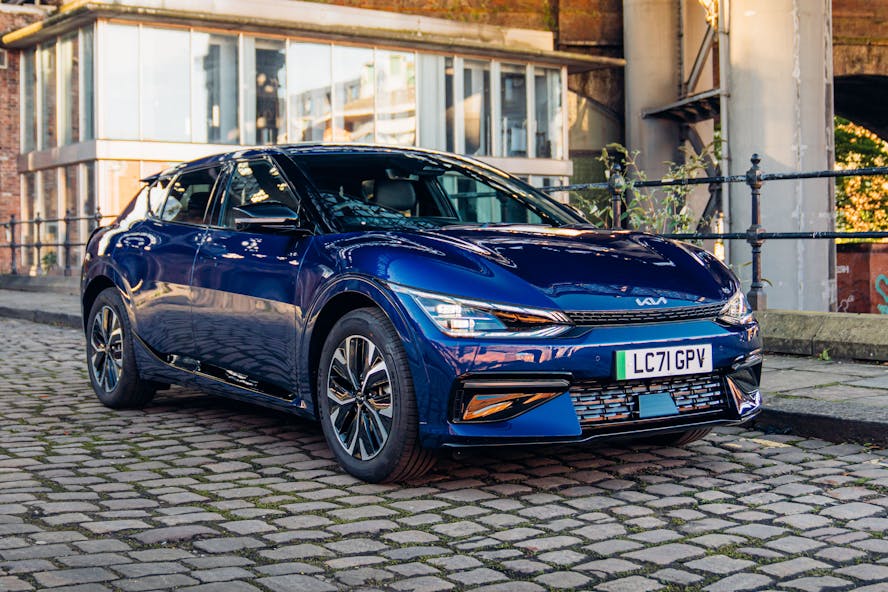
Kia EV6 has 800V architecture
Advantages and disadvantages of the systems
400V
-
Lower cost of components and vehicles
-
Mature and reliable technology
-
Provides performance characteristics that outperform ICE-powered alternatives
-
Unable to take advantage of Ultra-rapid up to 350 kW public charging stations
-
Less efficient at high power outputs
800V
-
Faster charging times when using Ultra-rapid chargers
-
Exceptional performance capability
-
Future proofing as high-power charging infrastructure expands
-
Higher costs of components and vehicles
-
Fewer ultra-rapid charging stations available
Future Trends and Considerations
- Infrastructure Development: As the EV market grows, the availability of 800V charging stations is expected to increase, making 800V systems more practical for a wider range of drivers.
- Vehicle Development: More manufacturers are expected to adopt 800V systems, especially for high-performance and luxury EVs. However, 400V systems will continue to be used in many mass-market EVs.
- Cost Reduction: Advances in technology and increased production volumes are likely to reduce the cost differential between 400V and 800V systems over time.
Conclusion
Choosing between a 400V and an 800V EV architecture depends on various factors, including your driving habits, access to charging infrastructure, and performance expectations.
While 400V systems remain practical and cost-effective for many drivers - and the majority of EVs out today are based on 400V, 800V systems offer significant advantages in charging speed and efficiency, making them an attractive option for those looking for peak performance and future-proof EVs.
If you're a driver with access to home or workplace charging then the need for such ultra-rapid charging is a requirement for only the very few hyper-mileage drivers.
Updated: Oct 2025
More EV guides
Why 2025 is a turning point for SME fleets
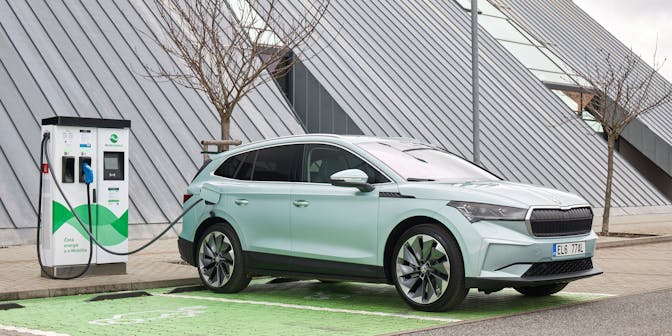
6 surprising things you didn’t know about electric vans
Understanding Vehicle Excise Duty (VED) or "Road Tax" for EVs
